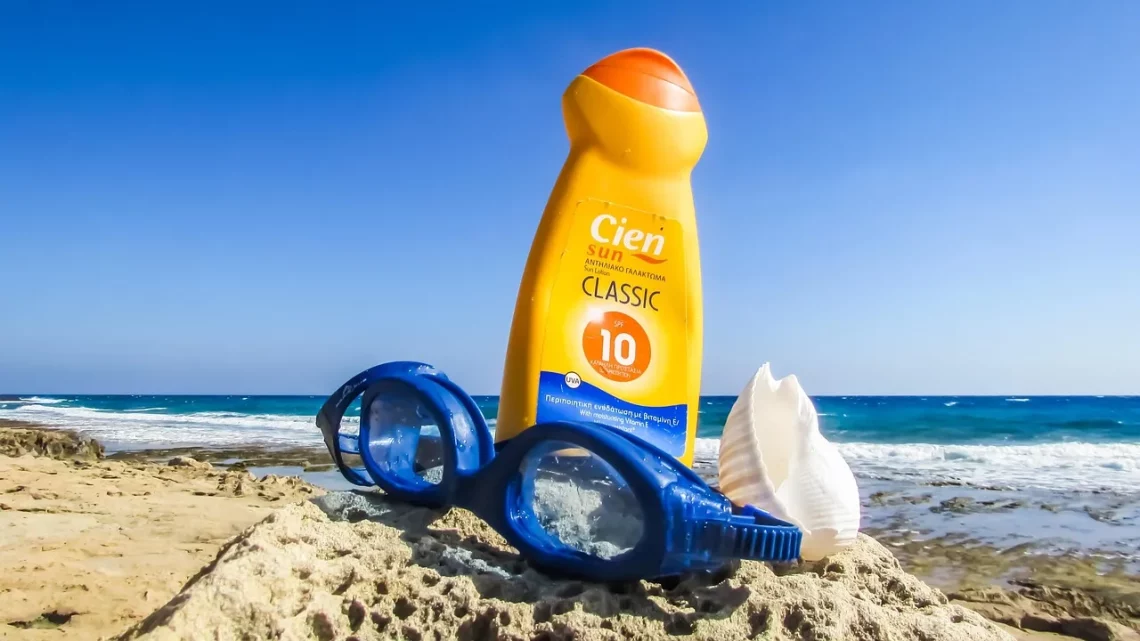
The Ultimate Guide to Choosing Waterproof Sunscreen Cream
Choosing the right sunscreen can be a daunting task, especially with the myriad of options available on the market. Among these, waterproof sunscreen cream stands out as a popular choice for beachgoers, athletes, and anyone who spends extended periods outdoors. The importance of effective sun protection cannot be overstated; harmful UV rays can lead to skin damage, premature aging, and even skin cancer. With the growing awareness of these risks, consumers are becoming more discerning about the products they choose.
Waterproof sunscreens, in particular, are formulated to withstand water and sweat, allowing for uninterrupted sun protection during activities like swimming, hiking, or exercising. However, not all waterproof sunscreens are created equal. Factors such as SPF rating, ingredients, skin type compatibility, and environmental considerations play crucial roles in determining the effectiveness and safety of these products. As the demand for quality sun protection rises, so does the need for reliable information to guide consumers in making informed choices. Understanding what to look for in a waterproof sunscreen can help individuals protect their skin while enjoying the outdoors, leading to a healthier and more enjoyable experience under the sun.
Understanding SPF and Its Importance
Sun Protection Factor (SPF) is a critical measure that indicates the level of protection a sunscreen provides against UVB rays, which are primarily responsible for sunburn. The SPF number essentially tells you how long you can stay in the sun without getting burned compared to how long you could stay without any protection at all. For instance, if you typically burn after 10 minutes in the sun, an SPF 30 sunscreen theoretically allows you to stay protected for 300 minutes.
However, it’s essential to note that SPF is not a one-size-fits-all solution. Different skin types absorb UV rays at different rates, meaning individuals with fair skin may need higher SPF options than those with darker skin. Additionally, SPF only measures UVB protection; it does not account for UVA rays, which can penetrate deeper into the skin and contribute to aging and some skin cancers. Therefore, it’s advisable to select a broad-spectrum sunscreen that protects against both types of UV rays.
When choosing a waterproof sunscreen, consider the SPF level that suits your skin type and level of sun exposure. Many experts recommend using a sunscreen with at least SPF 30 for adequate protection, especially for extended outdoor activities. However, SPF should not be the sole factor in your decision-making process. Remember, a higher SPF doesn’t always mean significantly better protection. It’s crucial to apply sunscreen liberally and reapply every two hours, or more frequently if swimming or sweating, to maintain its effectiveness.
Key Ingredients in Waterproof Sunscreens
The formulation of waterproof sunscreens can significantly impact their effectiveness and safety. Many products contain a combination of chemical and physical filters to provide sun protection. Chemical filters absorb UV rays and convert them into heat, which is then released from the skin. Common chemical ingredients include avobenzone, octisalate, and octocrylene. While these ingredients are effective, some people may have sensitivities or allergies to them.
On the other hand, physical or mineral sunscreens contain active mineral ingredients such as zinc oxide and titanium dioxide. These ingredients sit on the skin’s surface and reflect UV rays away from the body. Mineral sunscreens are often recommended for sensitive skin and are less likely to cause irritation compared to their chemical counterparts.
In addition to sun-blocking agents, waterproof sunscreens may contain moisturizing ingredients like glycerin or aloe vera, which can help maintain skin hydration even during prolonged sun exposure. However, it’s essential to scrutinize ingredient labels, as some products may contain parabens, fragrances, or other synthetic additives that could irritate the skin or contribute to environmental harm.
When selecting a waterproof sunscreen, consider your skin type and any sensitivities you may have. If you have dry skin, look for hydrating formulations, while those with oily or acne-prone skin should opt for non-comedogenic options. Always perform a patch test before applying a new product to ensure it won’t irritate your skin.
Application Techniques for Maximum Effectiveness
Proper application is crucial for ensuring that your waterproof sunscreen provides the maximum level of protection. One common mistake people make is applying too little product. For an adult, a general guideline is to use about an ounce, or a shot glass full, to cover the entire body. This includes all exposed areas, such as the face, neck, ears, and any other skin visible to the sun.
It’s best to apply sunscreen at least 15-30 minutes before sun exposure. This allows the product to bind effectively to the skin and create a protective barrier. When applying, use a generous amount and rub it in well to ensure even coverage. Pay special attention to commonly missed areas, such as the tops of your feet, the back of your knees, and the scalp if your hair is thin.
Reapplication is equally critical, especially after swimming, sweating, or towel-drying. Waterproof sunscreens are designed to be more resistant to water and sweat, but they still lose effectiveness over time. As a rule of thumb, reapply every two hours, or more frequently if you’re in the water or engaging in strenuous activities.
Using additional sun protection measures can further enhance your safety. Wearing protective clothing, seeking shade during peak sun hours, and using hats or sunglasses can provide complementary protection alongside your sunscreen. Remember, no sunscreen can provide 100% protection, but a combination of methods can significantly reduce your risk of skin damage.
Environmental Considerations and Eco-Friendly Options
In recent years, awareness of the environmental impact of sunscreens has increased, particularly concerning coral reefs and marine ecosystems. Some common sunscreen ingredients, such as oxybenzone and octinoxate, have been found to contribute to coral bleaching and harm marine life. As a result, many beach destinations have begun to advocate for or enforce bans on these harmful chemicals.
If you are environmentally conscious, consider opting for reef-safe sunscreens. These products typically use mineral-based active ingredients like zinc oxide or titanium dioxide, which are less likely to harm marine ecosystems. Additionally, many brands are now focusing on sustainable packaging and environmentally friendly practices in their manufacturing processes.
When shopping for eco-friendly sunscreens, look for certifications or labels indicating that the product is free from harmful chemicals. Many brands have also embraced biodegradable formulations, which break down more easily in the environment.
Incorporating eco-friendly practices into your sun protection routine not only helps protect your skin but also contributes to the preservation of our planet’s natural resources. By making informed choices, you can enjoy the sun while minimizing your ecological footprint.
In conclusion, choosing the right waterproof sunscreen cream requires careful consideration of several factors, including SPF, ingredients, application techniques, and environmental impact. By understanding these elements, you can make informed choices that will protect your skin now and in the future.
**Disclaimer:** This article is for informational purposes only and does not constitute medical advice. Always consult a healthcare professional for any health-related concerns.




